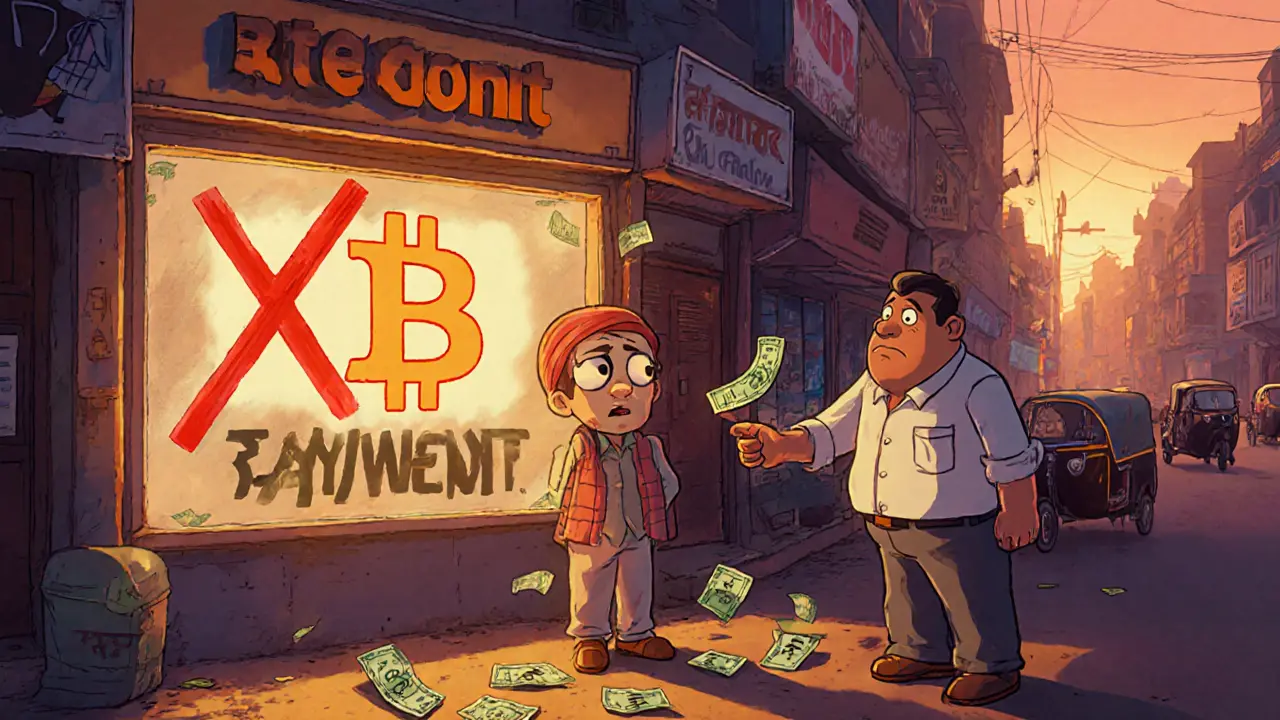Crypto Payment India: How It Works, Where to Use It, and What You Need to Know
When it comes to crypto payment India, the use of digital currencies like Bitcoin and Ethereum to buy goods, send money, or invest locally. Also known as cryptocurrency transactions in India, it’s not about speculation anymore—it’s about real, daily use. Even after the 2022 tax hikes and banking restrictions, millions of Indians are quietly using crypto to pay for services, send money abroad, and protect savings from inflation. You won’t see it on every storefront, but it’s alive in peer-to-peer trades, freelance payments, and niche online marketplaces.
Most crypto payments in India happen through P2P platforms like Binance P2P, a peer-to-peer trading system that lets users buy and sell crypto directly with INR, or local apps like CoinDCX, a regulated Indian exchange that supports fiat on-ramps and wallet-to-wallet transfers. These aren’t just exchanges—they’re payment gateways for people who need fast, low-cost alternatives to banks. The digital rupee, India’s central bank digital currency (CBDC) pilot is still in testing, but private crypto fills gaps the government hasn’t solved yet—like sending money to family in Nepal or paying for overseas hosting services without waiting days for SWIFT.
What you’ll find in the posts below isn’t hype. It’s real stories and warnings. You’ll see reviews of exchanges like Dasset that collapsed after banking issues, scams like Axioma Token pretending to offer real estate returns, and how people in India are using meme coins like PEPLO and BSOL as speculative payment tools. There’s also deep dives into how transaction speeds, wallet security, and local tax rules affect your ability to actually spend crypto here. No theory. No fluff. Just what works, what doesn’t, and what to avoid if you’re trying to use crypto as money in India today.

